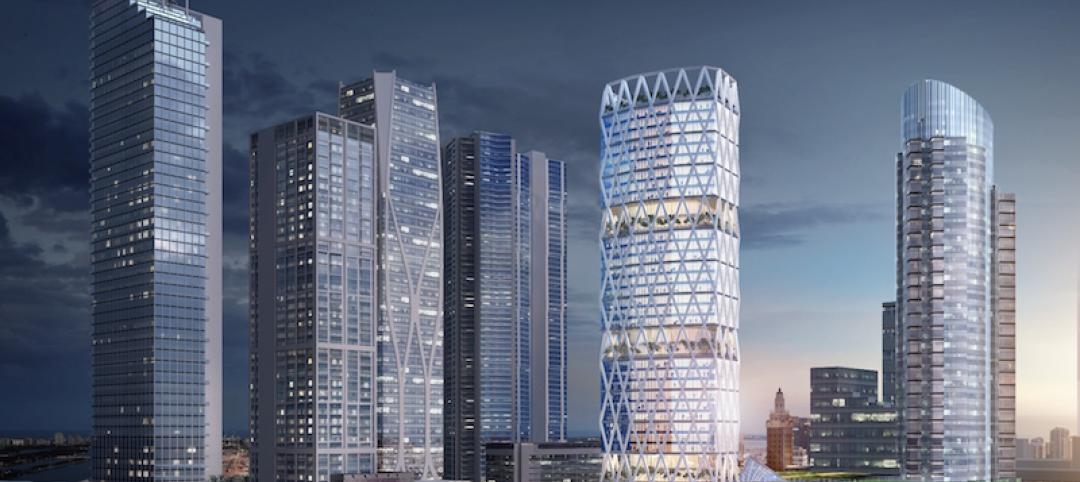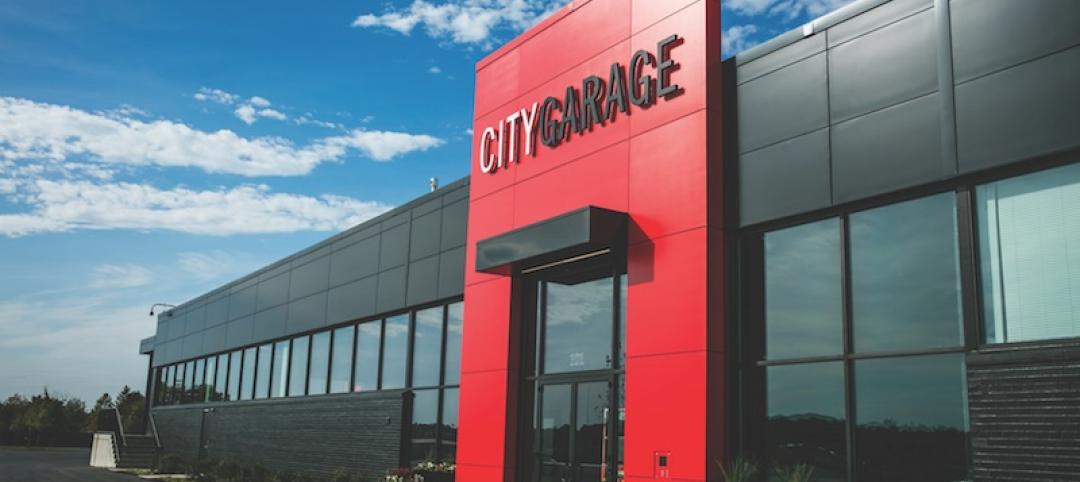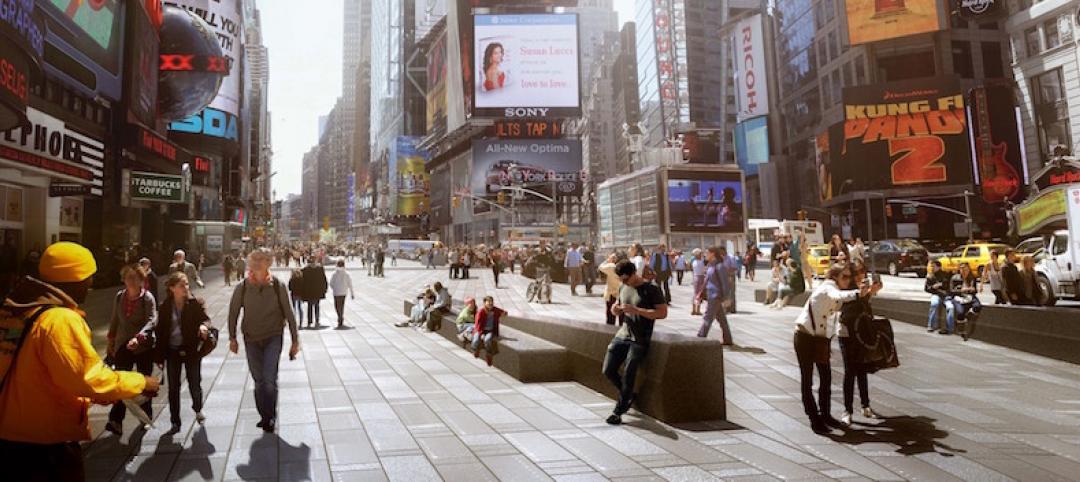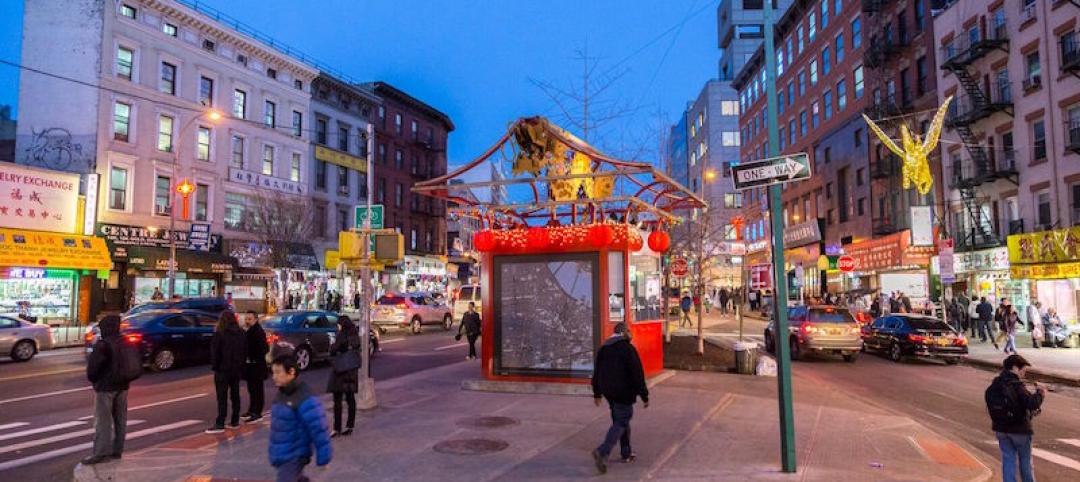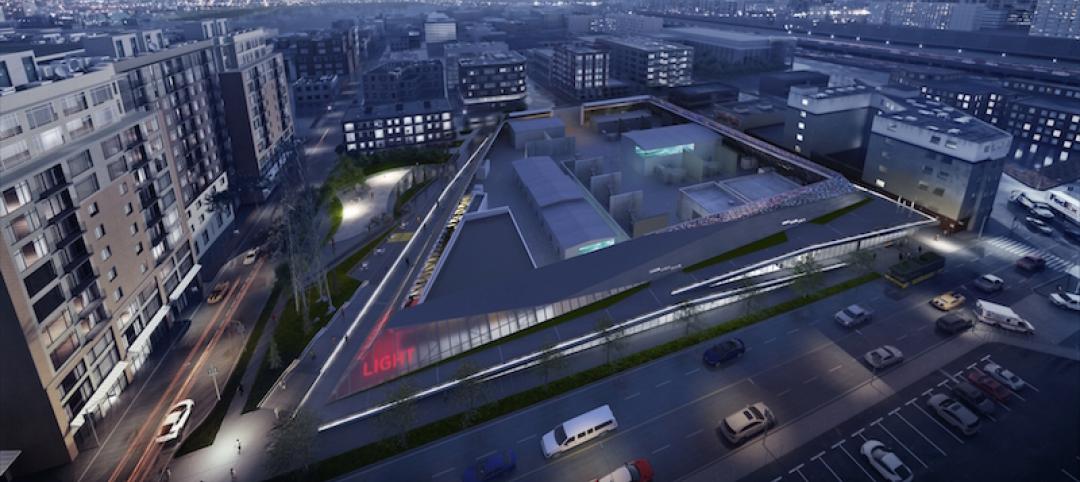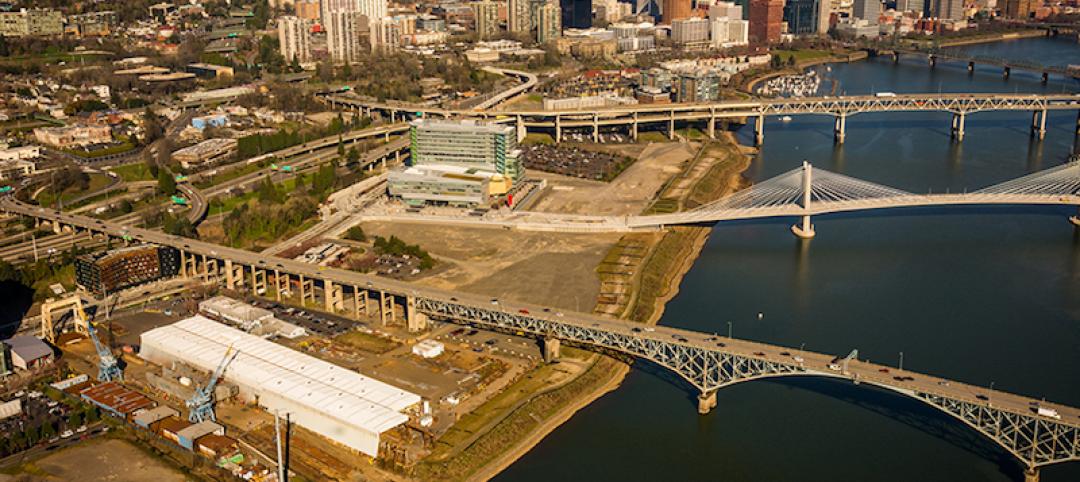Despite a collective Paris Climate Accord hangover – the throbbing ache at the temples many of us continue to feel in the aftermath of the United States’ withdrawal in June – dozens of our nation’s leaders attended the United Nations Conference of the Parties (COP)-23 in Bonn, Germany, demonstrating unity, leadership and resolve on climate action.
With the U.S. federal government abdicating its role on climate, many states and cities are controlling their own destiny: more than 350 “Climate Mayors” have committed to upholding the goals outlined in the Paris Accord, aiming to reduce their city’s emissions by 80 percent by 2050. In 25 cities spanning 17 states, civic leaders are setting in motion plans to get 100 percent of their electricity from renewable sources. On the global front, more than 7,000 cities comprised of 678 million citizens have pledged to reduce greenhouse gas emissions through the Global Covenant of Mayors for Climate and Energy compact.
Corporate interests large and small are already focused on what the impact of climate change means to their business – a real driver for change in a market-driven economy. Concern over financial health and asset risk is one of the primary drivers – consider the financial and investment interests of Bank of America, Vanguard Group, Blackrock, Allianz SE, JP Morgan, CitiGroup, CalPERS. Wall Street and the corporate attitude about climate change has crossed a threshold, largely driven by questions of resilience and managing risk in the face of the 21st century’s greatest challenge.
These future-facing leaders realize that holding the keys to the city, responsibly, means flexing political and economic muscle to take on the difficult urban development work that considers a new climate reality. We can’t afford to go into ostrich mode when we know that two-thirds of the world’s greenhouse gases are generated in our cities, accounting for 70 percent of emissions globally, and that by 2030, two-thirds of the world’s projected 8.5 billion people will live in cities. Our cities’ civic and business leaders understand that staggering costs for climate disaster clean-up and the related economic, human and habitat losses make our urban centers less competitive and less desirable places to live.
For these optimists, this weighty challenge provides an opportunity for all who have a say in urban development. Coalescing around a shared threat is stoking ingenuity on climate action to create vibrant, thriving places.
Take for example an HKS-designed project, a 1.3 million square-foot “Living Learning Neighborhood” campus at the University of California San Diego (UCSD) North Torrey Pines. The UCSD community, along with the entire 10-campus University of California system, announced its Carbon Neutrality Initiative in 2013, pledging to become carbon neutral by 2025. To reach a net-zero greenhouse gas emission goal with this project, the design extends beyond sustainable design and construction strategies that simply reduce energy and water use and mitigate waste. By investing in localized future climate files (versus solely relying on historical climate data) and modern technology, the design embraces resilience, high-performance and beauty.
Climate Action Plans, by both the City of San Diego and UCSD, became the guiding principles of the project’s design to reduce it impacts on the environment for current and future generations. Several frameworks – including LEED, ParkSmart, Title 24, WELL, AIA 2030 and more – helped organize and drive performance forward. Measurement & Verification Plans (M&V) will provide the university with an accurate report on performance and data in real time, continuously.
The California Institute for Energy and Environment, based at the University of California Berkeley, conducted a preliminary study of how UC campuses will achieve carbon neutrality system-wide: by achieving an 84 percent reduction in carbon use through the extensive use of renewable sources of biogas, cogeneration plants, on-site solar and improvements in energy efficiency. HKS’ campus design meets UC’s objectives while setting the tone for the UC community, and others, to follow.
HKS, like many architecture firms, has signed on to several letters and petitions, including one to the U.S. Department of Energy, Low Carbon USA, and the EPA. The latest admonition is a letter published in Bioscience signed by nearly 16,000 scientists from 184 countries, advocating for massive behavior change on greenhouse gas reduction. This five-alarm warning shouts that the planet will sustain “substantial and irreversible” harm unless we take urgent action – now. It’s a nice gesture to sign a letter or go on the record opposing government policy, but hard work and resolve lie ahead – applying our political might, expertise, creativity, passion, and just getting down to it, will go far in sublimating the fear, denial, rhetoric and defeatism we hear about our climate future every day. Most fundamentally, it is our work that matters.
Smart planning and design strategies improve lives and safety, create jobs, impact human health and wellbeing, and help restore the environment. At every opportunity, architects must think beyond the property lines of single buildings. Networked energy, water and food systems and creative urban plans that knit together neighborhoods, business, cities, local governments and transportation systems – is how we make a measurable impact on emissions reduction targets. Purposeful, holistic design is the path forward.
HKS is committed to creating better and healthier environments. We will continue to partner with our clients and communities to contribute toward resolving our global climate crisis to address energy, air quality, material health, water usage and carbon reduction in our design work. As an industry, we don’t have to rely on government participation in climate accords. We simply must get serious about the AIA 2030 Commitment. This is neither an abstraction nor an accounting exercise; it’s about designing and delivering projects with a smaller footprint.
It goes without saying that our future relies on creating meaningful business-to-community approaches, forging alliances with partners across industry sectors in support of municipalities and all stakeholders seeking our expertise. This is how an international design practice can help tackle a global issue.
The climate has changed – and so must we. We have the knowledge, tools, resources, opportunity and commitment to the process to reinvent our cities. Let’s get to work.
Related Stories
Architects | May 26, 2017
Innovations in addressing homelessness
Parks departments and designers find new approaches to ameliorate homelessness.
Mixed-Use | May 24, 2017
Schmidt Hammer Lassen Architects will develop mixed-use project on former site of Carlsberg Brewery
The 36,000-sm project will cover a city block and include a residential tower.
Mixed-Use | May 23, 2017
45-story tower planned for Miami Worldcenter
Pickard Chilton Architects will design the 600,000-sf 110 10th Street.
Movers+Shapers | May 8, 2017
Movers + Shapers: Charm City's lucky charm
Under Armour’s Kevin Plank launches a $5.5 billion redevelopment to transform Baltimore into “the coolest city in America.”
Urban Planning | Apr 24, 2017
No Small Plans hopes to inspire Chicago teens to design the city they want
Launched with a Kickstarter campaign, the Chicago Architecture Foundation aims to get No Small Plans into the hands of thousands of Chicago teens.
Urban Planning | Apr 20, 2017
Times Square renovation officially opens
The Snøhetta-designed project nearly doubles the size of public space at one of the most visited attractions in the U.S.
Architects | Apr 20, 2017
‘Gateways to Chinatown’ project seeks the creation of a new neighborhood landmark for NYC’s Chinatown
The winning team will have $900,000 to design and implement their proposal.
Green | Apr 14, 2017
Sunqiao looks to bring agriculture back to Shanghai’s urban landscape
Vertical farms will bring new farmable space to the city.
Industrial Facilities | Apr 12, 2017
Energizing the neighborhood
The Denny Substation in Seattle is designed to give local residents a reason to visit.
Urban Planning | Apr 3, 2017
Capturing the waterfront draw
People seem to experience a gravitation toward the water’s edge acutely and we traverse concrete and asphalt just to gaze out over an open expanse or to dip our toes in the blue stuff.





